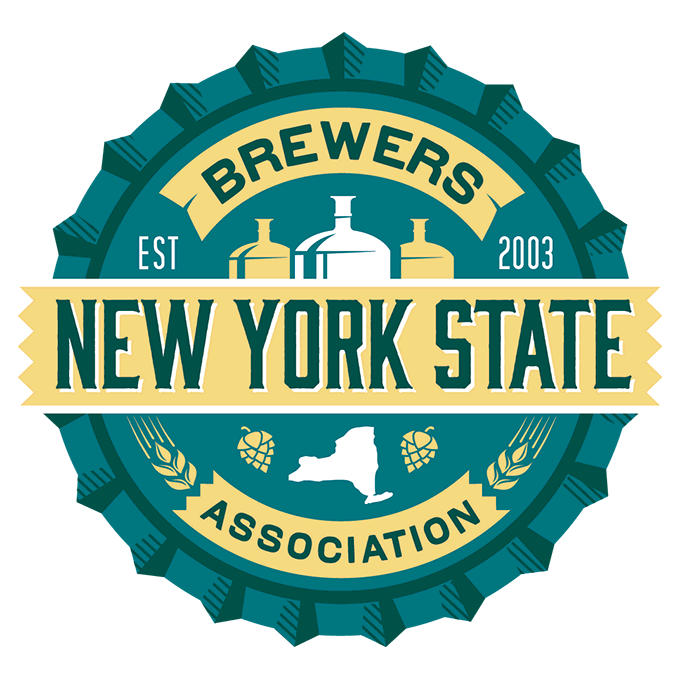
If 2020 were a song, it would have no solid bassline – a sample track like nails on a chalkboard and an overall awful mashup that seems unending.
But a note of hope was sounded in March, when the Paycheck Protection Program (PPP), was passed under the Coronavirus Aid, Relief & Economic Security (CARES) Act to help businesses withstand the severe declines in revenue resulting from the pandemic — breweries being among the businesses most affected, with some having to shut their doors for good. Utilizing PPP funds for qualified expenses and meeting certain other requirements under the program, up to 100% of the loan proceeds may be forgiven.
In December, the COVID-19 relief bill (“PPP 2”) was signed and provided additional benefits to those hit hardest. Some of these benefits include a simplified forgiveness process for PPP loans of $150,000 or less and allow expenses paid with PPP funds to be deductible for tax purposes. Businesses currently seeking forgiveness for loans of less than $150,000 will receive full forgiveness by submitting to their lender a certification which includes a description of the number of employees they were able to retain with the loan proceeds, the amount spent on payroll costs, and the total loan amount. Furthermore, the SBA will no longer deduct any Economic Injury Disaster Loan (EIDL) advances from PPP forgiveness amounts.
In addition, the bill allows businesses that have not previously received a PPP loan to apply now. To be eligible for a PPP loan, the business must have been open by February 15, 2020.
Now let’s get to the really good stuff. Hardest hit small businesses can now apply for a second forgivable PPP loan. That’s right, this time around you can DOUBLE dip!
The criteria to be eligible to apply for the second PPP loan require that businesses demonstrate at least a 25% decrease in gross receipts in any quarter of 2020 compared to that same quarter in 2019. Eligibility is limited to small businesses with 300 or fewer employees, which must also show they have already or will use the full amount of their first PPP loan before receiving the second one. The new round of PPP will be similar to the first round, and loan amounts will again be based on 2.5 months of payroll costs (3.5 months for certain borrowers with NAICS codes starting with 72, such as hotels and restaurants). The maximum loan amount will be $2 million, and the 60%/40% allocation between payroll and non-payroll costs will be required for full forgiveness.
And finally, let that beat drop!! Previously, businesses that took the PPP loan were not eligible for the Employee Retention Tax Credit (ERTC), but with passage of the COVID-19 relief bill that has changed. Employers may be able to qualify for the credit with respect to wages not paid with forgiven PPP proceeds. Requirements include a 50% decrease in gross receipts in a quarter during 2020 vs. that same quarter in 2019, with eligible quarters for 2020 continuing until a business has reached 80% of a quarter’s 2019 gross receipts in 2020. Amended fourth quarter 2020 payroll returns may be necessary to claim eligible ERTC if already filed and not addressed, so it is recommended to review your returns to check eligibility.
Also, the credit has been extended to June 2021 with additional benefits. For calendar quarters beginning after December 31, 2020, some of these benefits include eligible wages of $10,000 per quarter (versus $10,000 per year) and credit rate increases from 50% (for a maximum $5,000 credit for the year) to 70% of wages (for up to $7,000 per quarter per eligible employee).The reduction of gross income eligibility is reduced to 20% vs. 50%. A safe harbor is created so that an employer can use prior-quarter gross receipts in determining eligibility. New employers not in existence for all or part of the 2019 year are permitted to receive the credit.
2020 isn’t winning any awards for best hit, but 2021 already has at least these few shining new stars, so let’s turn up the volume and pump our fists– we got this! #thinknydrinkny